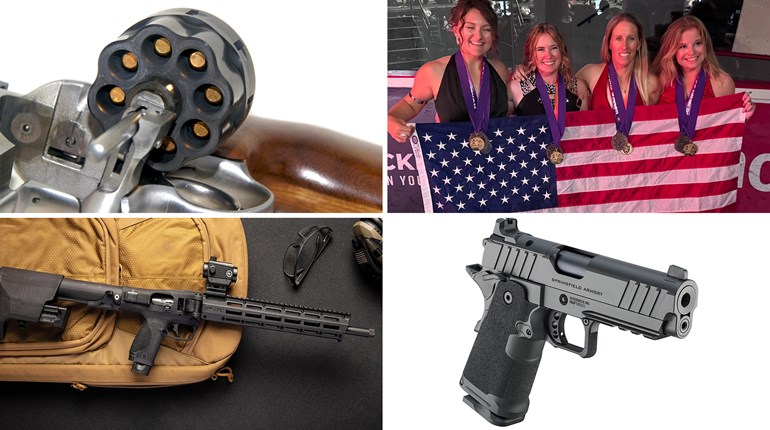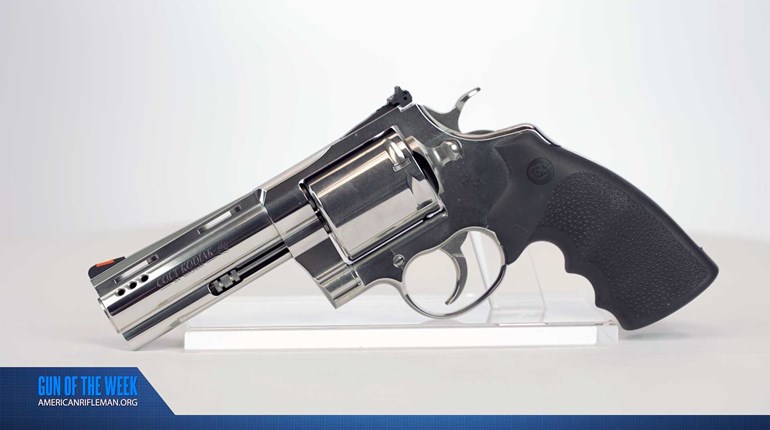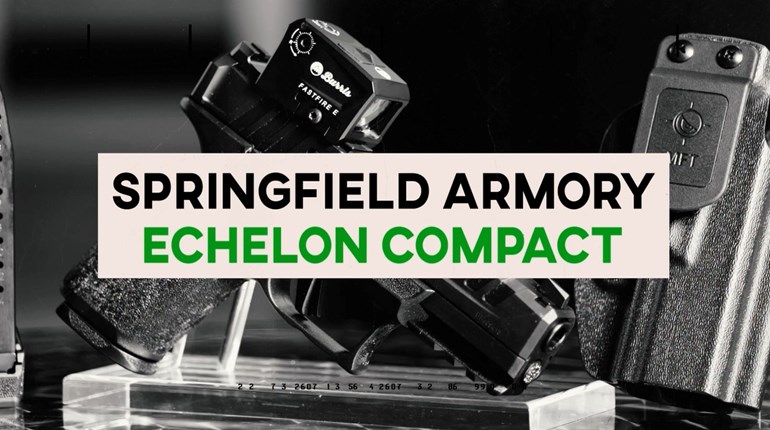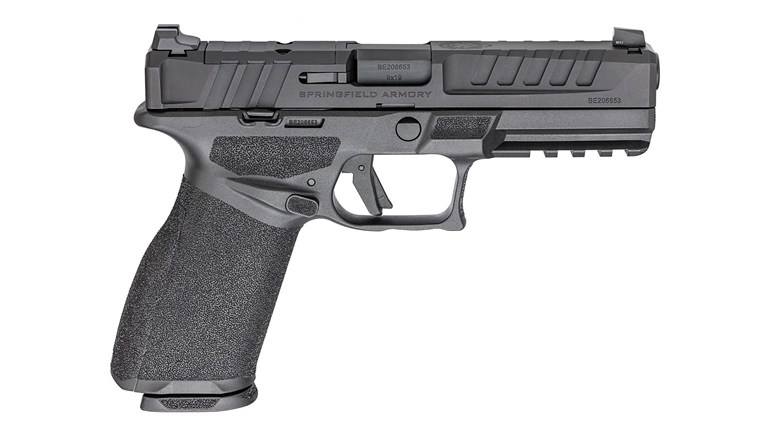

Besides amping up the wow-factor on onlookers at the range, the ability to fire more than one chambering through a handgun offers greater versatility to shooters, which also potentially translates to more range time.

While the concept of a 1911 conversions are more popular among custom 1911 manufacturers, today there was a time in the not-so-distant past when 1911 conversions was readily available on the commercial market. They offered revolutionary modifications to the venerable M1911 Government Model design, and they were often used as a vehicle to launch new—and in some cases proprietary cartridges—on the market. Best of all, one only has glimpse inside the many vaults chock-full blued steel and gunmetal that line the walls of the Boyd Bunker to find some cool examples.

Case in point: The Omega, a 1911 designed by Joe Peters of Peters Stahl of Germany and sold by Springfield. If my editorially taxed brain serves me well, it arrived on the scene following the arrival of Colt's Delta Elite and was also chambered for the same heavy-hitting cartridge. But, unlike the amped-up Colt, the Springfield Omega, which was also available in either 5- or 6-inch models, was available with a wide variety of caliber-conversion kits.

And that's not all it had to offer. Two of its more unique features included dual extractors, which fostered enhanced reliability across multiple chamberings—something to this date no other commercial or custom manufacturer has offered—and factory barrel porting: something Springfield later continued offering with its V-10 compact and V-16 long-slide 1911s after the Omega was discontinued. The latter of which was offered in such proprietary wildcats as .45 Super and .450 SMC. STI eventually joined the band wagon and sold its Trojan 5.0 1911 chambered in .45 ACP with a second .40 Super barrel.





































